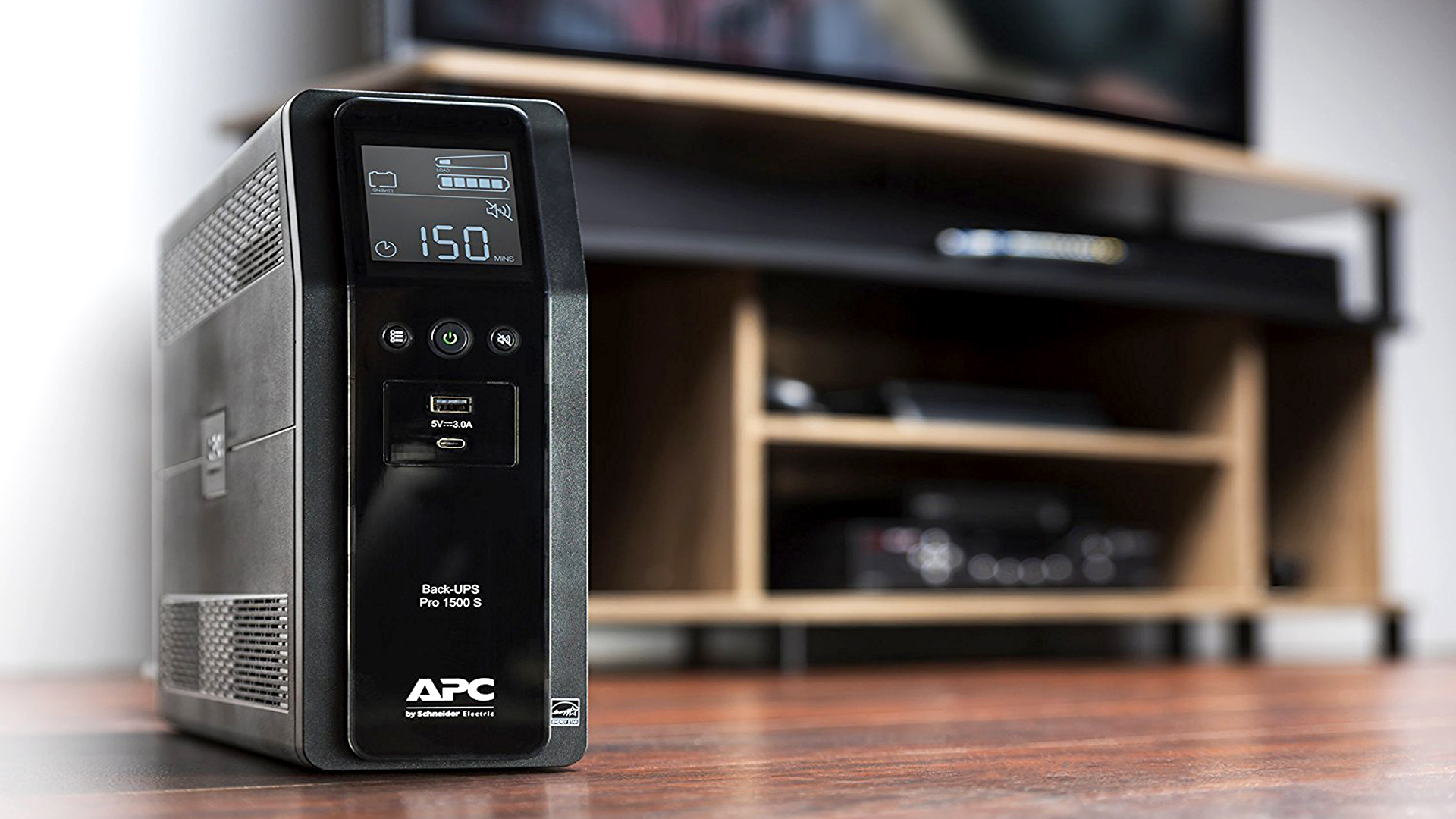This little guide will help you in maintaining a clean and easy to use file system that is protected for many years to come.
Written by Robert Blanda of CaddisArt, Inc. on 2020-08-13
Modern desktop computers typically have two hard drives; one solid state drive – smaller, faster and more expensive; and one data drive – mechanical and with a larger capacity. Let’s set aside the solid state drive (SSD) for now and talk about your data on the larger mechanical drive. For you Windows users, it’s usually “drive D.”
Let’s Practice Good Storage and Backup Habits
-
A Windows 10 Desktop Computer
-
Drive C: is your boot / SSD drive – typically 250GB, and Drive D is your “data” drive (typically 2TB).
-
You use the computer for Microsoft Office, Browsing the Internet, Checking your email and possibly playing a game or two.
-
You’re PC is connected to your home router or cable modem using an Ethernet Cable.

Good File Structure Practice will help you find and backup your files easier.
1. File Locations, Naming Directories, and File Naming Conventions
-
D:\John
-
Taxes
-
2017
-
2018
-
2019
-
2020
-
-
Documents
-
Letters
-
Receipts
-
Spreadsheets
-
-
Photos
-
2020
-
BBQatJohns
-
Sherrys50thBirthday
-
BabyJason-1year
-
-
-
Videos
-
Home Videos
-
2019
-
2020
-
-
Funny Stuff
-
Other
-
-
Other
-
Misc Files
-
-
-
When naming your files and folders (directories) it’s important to remember that you cannot always rely on the creation date of the files stored in the file itself. Many times when you copy files from one location to another, the date will be changed to the actual copy date. Instead, name the files in such a way that if the date is altered, you can still tell when it was created simply by looking at the name. Also, try to avoid spaces in a file name if you can. Instead, use hyphens where needed.For example:
-
If you have a photo named John Birthday Candles.jpg, you should adopt a habit of naming the file in this fashion:
-
2020-08-13-JohnBirthdayCandles-01.jpgThis accomplishes several things:
-
It will allow you to sort the file by date even if the date of the file is altered by a file copy. It’s also easily identified if you’re not searching by date.
-
It allows for several versions of John blowing out the candles by adding a number or version of the file (e.g. -01, -02, etc.)
-
We’ve eliminated the spaces in the title of the photograph to reduce the overall title length. Searches will not know the difference.
-
-
-

A typical External Hard Drive can be purchased for under $100.
2. Let’s go grab a portable USB external hard drive from the store.
3. Let’s backup that D drive easily and without interaction
There are several ways to back up your files, but let’s make it so you can easily set it and forget it:
-
Download an application called “FreeFileSync” – it’s a very easy program to use and you can automate the process. It’s free and you can download it here.
-
Set up the application to backup your D drive using the “update” option. This will only update newer files as you move into your subsequent backups, making it faster while putting less strain on your hard drives. There are a few easy tutorials here.
-
Save that backup as a Batch file and make Windows Run it on a schedule while your computer is on. If you always leave it on, pick a time while you’re sleeping or typically not working. You can learn about batch scheduling here.
-
That’s it! It’s worry free and you no longer need to worry about it.
4. Now let’s talk about that pesky C drive.
So what is a Hard Drive Image?
-
Download the free application “Macrium Reflect” – Although this tool does more than just drive imaging, it’s a great way to schedule your backups unattended and without interaction from you. You can get it here. Download the “Home Use” version, not the business version. Do not sign up for the free trial, since you don’t need the features that they are trying to sell you.
-
You will then create a Windows Drive image and set a schedule. Your destination files should be sent to your USB external hard drive. You can learn the step by step here.
-
Remember, this may be a little daunting at first, but once you do it, it’s done. You shouldn’t have to do it again. Ever.
5. Got it all running? Good – Let’s Verify it.

“CaddisArt did a great job helping me to get my business going in the right direction. I am not used to this sort of customer service!”

CaddisArt has been managing our non-profit military history organization’s social media marketing needs for the past year and has done so in the most exemplary manner. Their professional staff has met our communication and promotional requirements most admirably, and with the highest customer service attention. we highly recommend their services and expertise in this regard.







